Colors on a Resume? What Employers Want in 2022
So you want to use colors to make your resume stand out. Should you use colors on a resume?
Will color on a CV, on the other hand, attract or repel employers?
Color on a résumé was formerly commonly seen as unacceptably offensive. Employers, on the other hand, have a different perspective in 20201. In fact, using different colors on your resume might help your application stand out.
How can you tell if the colors on your resume are appropriate for you? And when it comes to color, how much is too much?
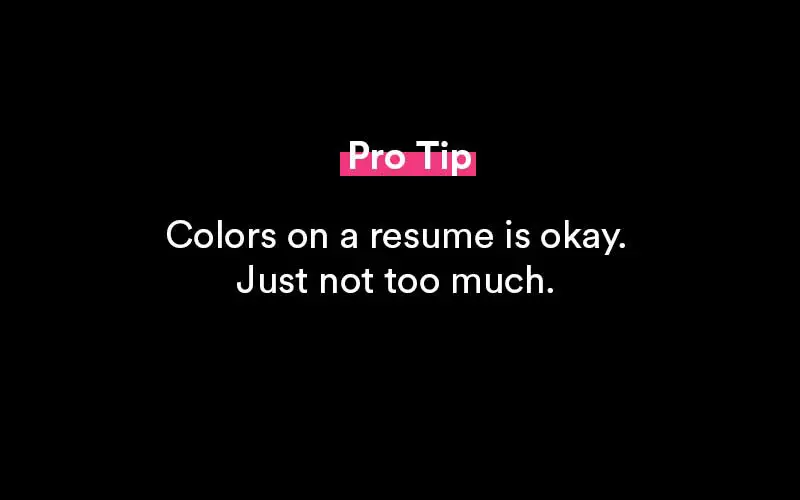
The answers to these questions will vary depending on the candidate's industry and how the resume will be used. Let's take a look at the lifespan of a resume to see what degree of color is best for you.
The following methods are used to assess and analyze resumes:
- Resumes may be scanned and screened automatically.
- The recruiting manager examines resumes on a computer, mobile device, or printed copy.
- Resumes are printed, usually in black and white, to be sent about physically.
- At each of these phases, color on a resume may have a positive or negative influence. To gain a better understanding of this, consider the employer's point of view.
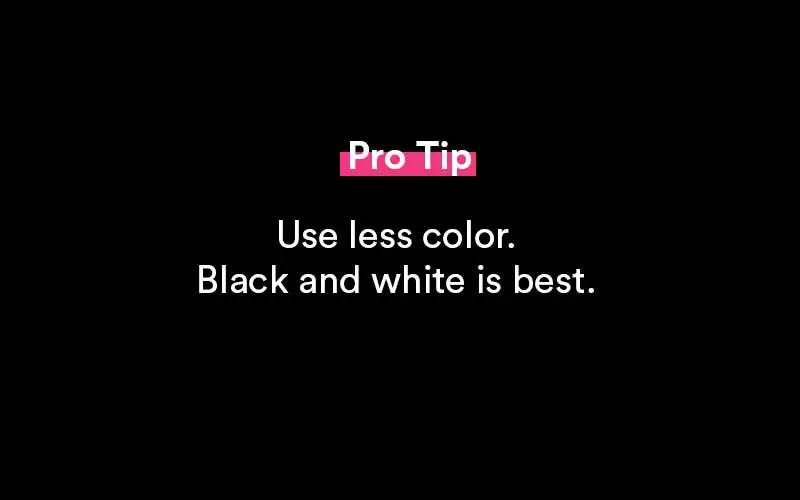
Should I put colors on my resume?
Some companies utilize Applicant Tracking Systems (ATS), which scan and analyze your resume to arrange candidate information automatically. This is especially useful for organizations like Fortune 500 corporations who receive and analyze a huge quantity of resumes.
However, it's a frequent fallacy that if a resume fails an ATS check, it'll be automatically discarded. In truth, the capacity of technology to scan and analyze a resume is rarely used on the road to an interview.
Many employers do not want to risk an excellent candidate's CV being filtered out by a bot. Software engineers and product designers, for example, are hard to come by in the IT business. Many of these firms' recruiting staff manually scrutinize every résumé that comes their way.
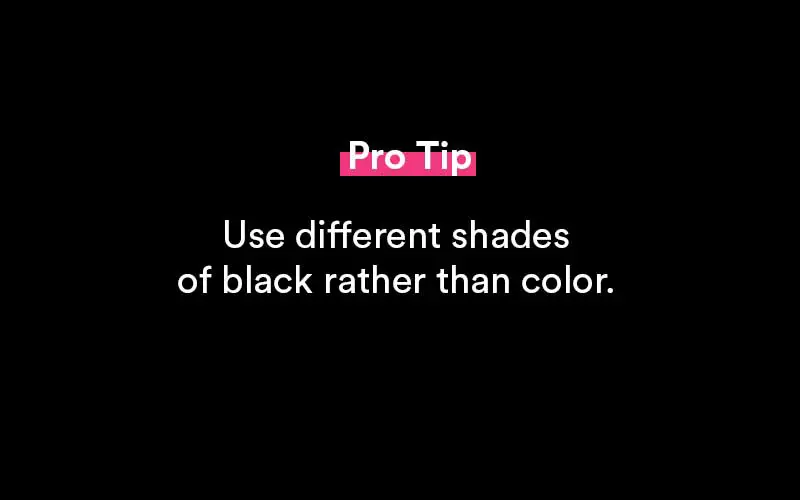
What to know about applicant tracking systems
- Correct: They are used to organize resumes and candidate information.
- Incorrect: They filter resumes.
In 2021 and 2022, the majority of job applications will be made through LinkedIn, email, or recommendations. Applicant tracking systems are only sometimes used to keep and monitor your resume. Most major companies utilize the information supplied by these systems to screen candidates.
In today's world, resumes are used in a totally different way. There's also no need to "defeat" the ATS.
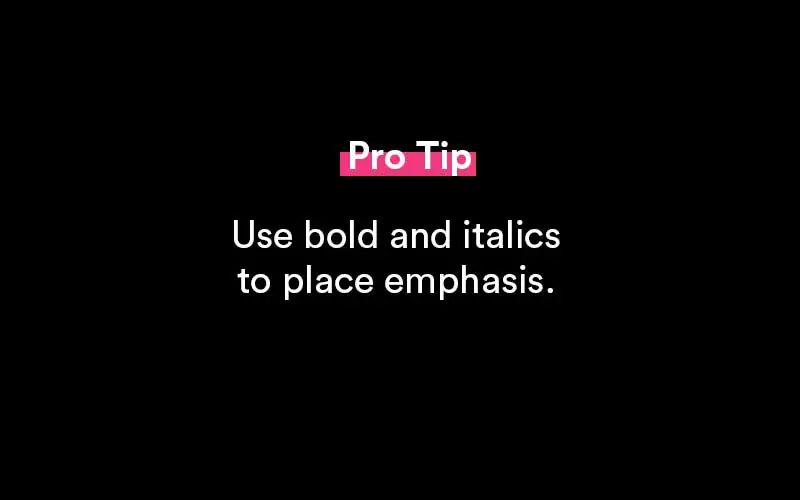
How color impacts an electric scan
Can color on a resume get past the ATS scan, even if relatively few companies use resume organizing tools to reject resumes?
Yes, it is correct. Color won't stop your resume from being scanned as long as the contrast between the text and the backdrop is strong. Applicant Tracking Systems don't mind if you utilize a few colors on your CV. As a lead software developer, I've seen a lot of colorful resumes that Applicant Tracking Systems like Lever can effectively read.
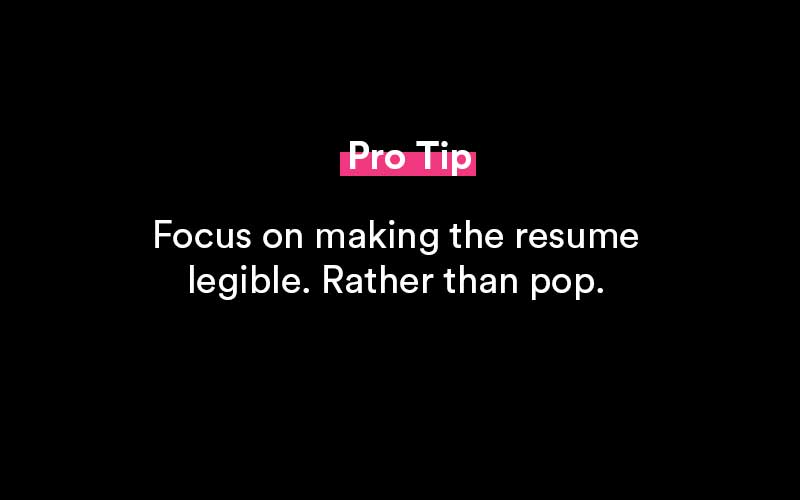
If you want your resume to be processed correctly, don't use too much color. Keep in mind that there are other parts of your resume that are more significant than how effectively software can analyze your resume.
Does color help hiring managers?
On average, a recruiter or hiring manager looks at each CV for less than 7 seconds. Your resume's objective is to make you stand out enough to get you an interview.

Using the appropriate color balance to emphasize the essential elements of your resume might help the audience focus on your experience and talents.
So, how much color should you include on your resume to make it stand out?
This is dependent on the size of the firm and the sector you're applying to.
Smaller companies
Companies that are fewer than 25 employees commonly manually review every resume or job application. Color on a resume can help you stand out.
Technology companies
If you work in IT, design, marketing, or media, using color strategically on your resume may help you stand out.
Thousands of resumes have been hand evaluated during my tenure as an engineer at mid-sized IT businesses. Most of the resumes I looked at had some color, which didn't make them difficult to read.
There were a few exceptions to this rule. I had a hard time reading resumes that were overly prepared to the point that the resume design took precedence over the candidate's real expertise and talents.
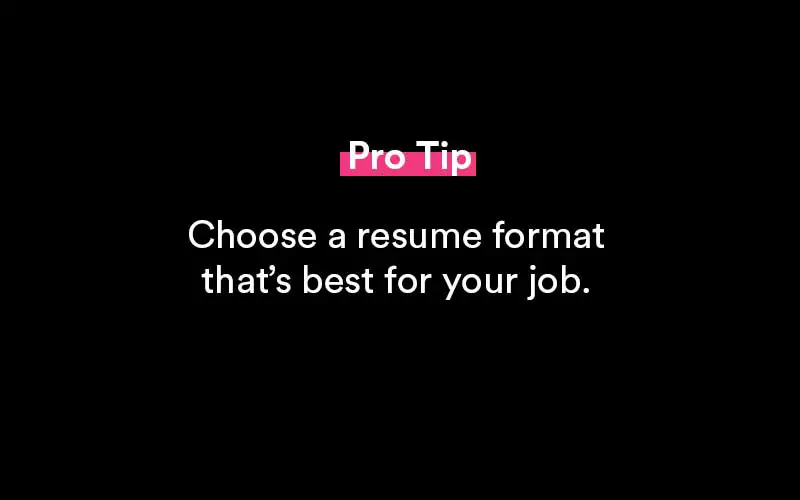
Finance and law
Candidates applying to other areas, such as banking and law, and notably huge corporations, have the opposite problem. In many sectors, color on a resume is frequently regarded as undesirable and may be rejected. If you're applying to one of these sectors, especially a major corporation, keeping your resume black and white is your best chance.
What are the right colors to use on a resume?
So, which resume colors can pass automated scans, call employers' attention to the correct areas, and be read in black and white?
The following are characteristics of the best resume color schemes:
- There should be no more than four colors.
- Colors with a lot of contrast should be avoided.
- Important details should be highlighted while the underlying text remains legible.
- On a white backdrop/background, avoid using light colors.
- For your main resume content, use black lettering.
Color on a resume cheat sheet
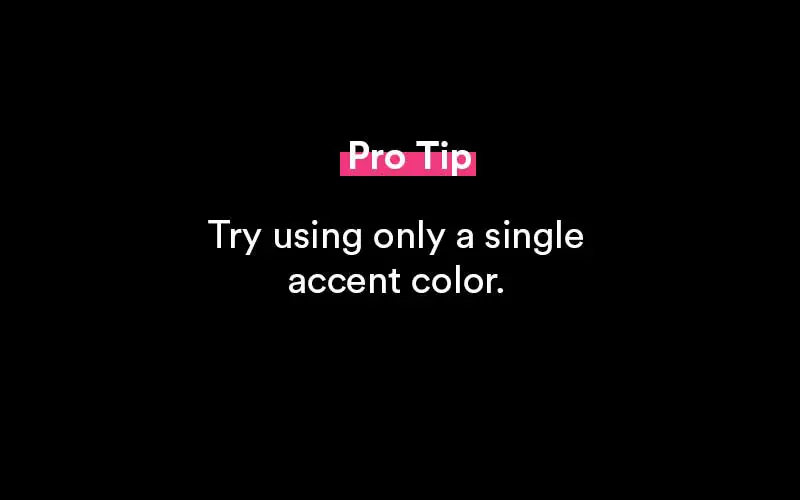
Here's what to avoid:
Avoid bright colors
Avoid using a strong amount of bright colors on the resume during a job hunt. A colorful resume isn't going to make you stand out in the job application process.
Use a unified resume color scheme
Use the same color throughout your entire resume. Try to coordinate the resume so that it presents itself professionally.
Simplify your color palette
Try to keep the color palette simple. Don't make it too flashy. Or try to stand out by using a large amount of colors.
Use an accent color
It's okay to have a black and white resume with a single accent color. Consider this your primary color or secondary color to the resume. These complementary colors can help you to stand out.
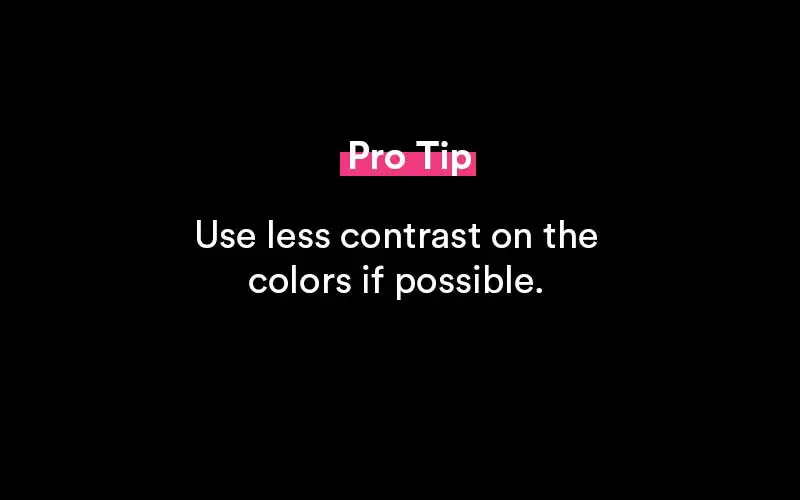
Stick with a white background
A black and white resume is perfectly okay. In fact, it's the most professional type of resume style.
Follow color theory principles
If you're looking for complementary colors, follow general color theory principles to make sure you leave a positive impression on the manager.
Avoid a third color
If you have a secondary color or accent color, then consider your additional color combination. Is it worth it? A well-contrasting color that assists black or white should be sufficient to assist you to define a personal brand for the resume.
Color on your resume is okay
It's okay to have color. Though, don't forget that a resume is all about being functional. A manager needs to read your contact information, work history, and other details. Job seekers should keep the resume focused on the purpose of the resume.
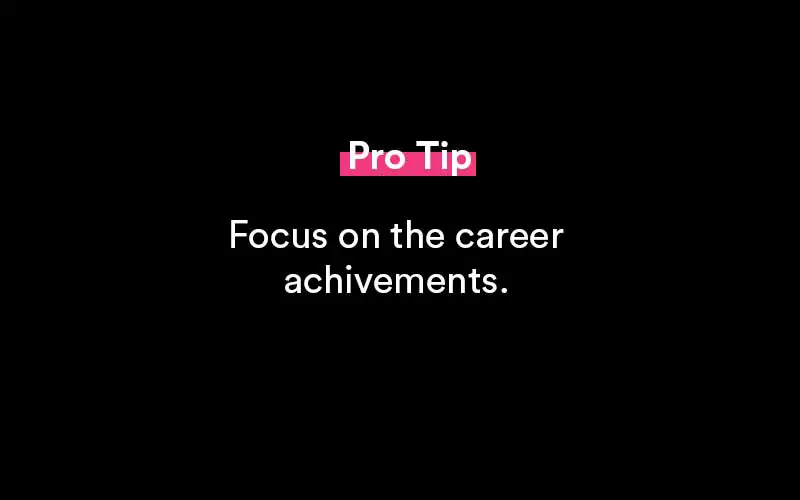
A black and white resume is best
Use the same colors throughout the resume. Though, a simple yet professional resume is the best setup. Colors don't dictate the resume affect that's had upon the hiring manager. To grab the recruiter's attention, it's best to pay attention to the legibility of the resume.
Other applicants who add color could risk making it too high contrast, causing it to be difficult to read.
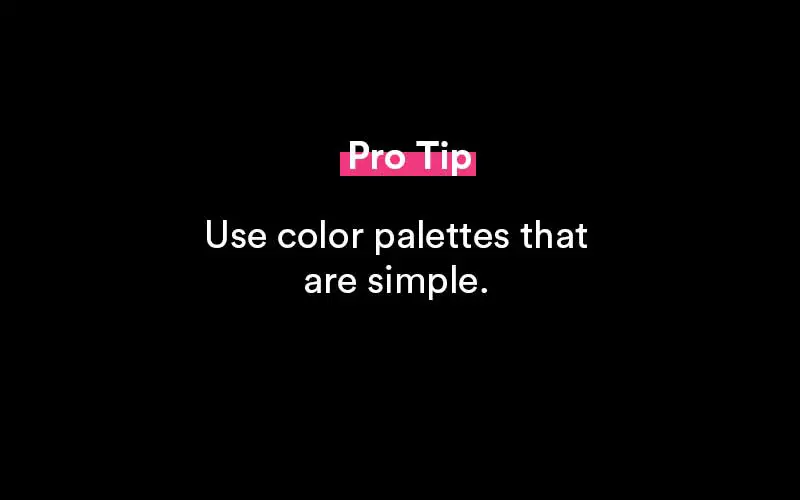
General resume tips
- Make it easy to navigate. Make the resume easy to navigate, understand, read, and generally comprehend the information that's provided.
- Keep it tailored. Focus on the job responsibilities and how you'll be able to perform on the job. Rather than being creative with your resume. Seek career advice from a mentor, friend, or professional if you're unsure of how to tailor your resume. Learn exactly what should be listed in your work history.
- Draw attention to the bullet points. Use italics and bold to draw attention to the details in the resume that matter. Avoid using a large quantity of colors. Use color consistently, if you do. Different shades of black can be a great way to stand out.
- Creative doesn't matter. Companies hiring those in the creative industry still want to evaluate a professional based on their achievements. Rather than their ability to create a fancy resume. Even those with the "creative director" job title should have a professional, simple resume.
- Colors on a resume is okay. It's okay to use colors. Though, remember, your manager is going to print the resume on white paper. How will that look? Is it grabbing the reader's attention by only being colorful? Or is it eye-catching because of what it says and how it presents you as the right candidate for the job.
- Keep it to one-page. A one-page resume is most common. Unless you have 12 years or more of experience, your potential employer will want to see a single-page resume.
- Add just one color. If the resume feels to bland, then add a single color to the resume. Try using the brand colors from the companies website. Draw the reader's eye to your work history and achievements. This is a safe bet.
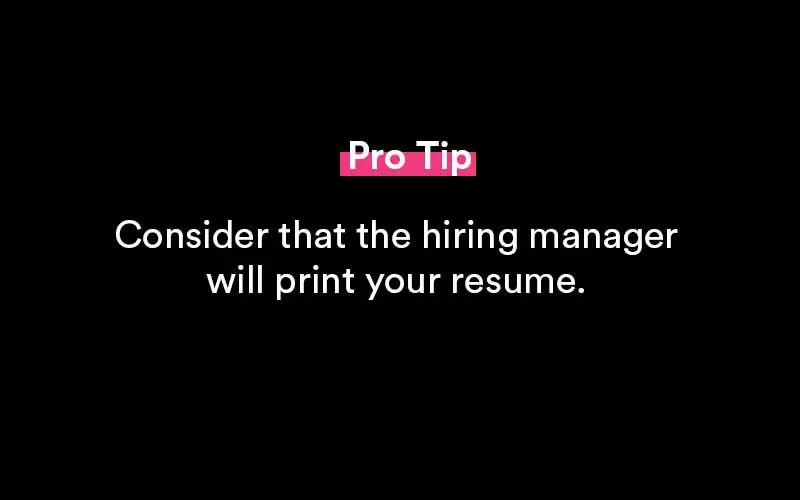
Popular Resources

Featured
35+ Phone Interview Questions & Best Sample Answers
Phone interviews have become a core part of the process when attempting to find a secured placement for an open position. Companies receive massive responses from potential candidates for any..

Featured
12+ Best Questions To Ask A Recruiter
Concerning a job search, you might receive numerous offers from your recruiters. Before you choose one, you need to assess all the conditions, for which it is vital that you know everything associated with the offered position..

Featured
Answering "What Makes You Unique" In A Job Interview
Answering this question during a job interview requires more than knowing why you are unique as an individual. Yes, the true scientific answer is made up of two main components: your..

Featured
250+ Ice Breaker Questions for Life
An ice breaker question is a question that’s asked from one person to another person in order to act as a conversation starter. It brings a connection...

Featured
10 Best Answers to "What Motivates You?"
Open-ended questions like “What motivates you?” can elicit a deer-in-the-headlights reaction from job candidates if they are unprepared. It’s a broad question and can leave the interviewer..

Featured
Answering "How Did You Hear About This Position" In An Interview
A lot of interviewers ask this question - how did you hear about this position? This way they can judge you if you are a passive or an active job seeker..

Featured
8 Best Thank You Emails After an Interview (Samples, Free Templates)
Writing a thank you note after an interview says a lot about you as a potential employee. Most notably, it says that you care about the opportunities presented..

Featured
Writing a Resignation Letter (How To Write It, Samples)
Writing the perfect letter of resignation is more of an art than it is a science. And we’re going to cover how to master that art form in this full guide..

Featured
How to End a Letter (Example Salutations, Sign Off's)
Knowing how to end a business note or email is an important skill to develop. It helps portray a sense of confidence, respect and tone to your message..
